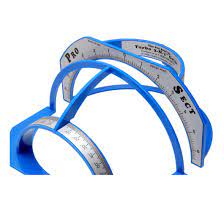The information age is here and impacting pro shops everywhere. Now more than ever, customers are researching online and asking about layouts. While many situations present problems that can be fixed in other ways, it can be difficult to slow down our customers’ obsession with layouts. So, for better or for worse, it’s best to know all we can about them.
Think of that obsession as a demand, and in terms of supply and demand, demand must find supply. Will that demand be with your store? How can we maximize the benefit of that demand for our business?
There is a lot of information online covering what certain layouts do and how to use them, so Iwe won’t spend time and space on that. Instead, let’s consider layout tools, how to use them and how this customer demand could benefit our businesses.
We’ll break this down into the four steps and cover the tools for each: 1. Determining the player’s style. 2. Determining the player’s ball performance goals. 3. Determining the layout to accomplish those goals. 4. Putting that layout on the bowling ball.
The Player’s Style
The most important part aspect of the process is determining the player’s style. We need to get a general idea of the player’s ball speed, rev rate, axis tilt, axis rotation (the core 4) and their PAP. Let’s discuss some of the best tools and methods to accomplish this.
• PAP — Of course, the first tool is our eyeballs. Simply by watching the ball go down the lane, we might be able to get a pretty good idea of these numbers. The more experience you have, the better you likely are at this. If you are less experienced, or just care about being more accurate, there are other methods that you can use to benefit your business.
You can use an Armadillo or a ball spinner to find the PAP. The Armadillo will line up with the track flare to help you find the PAP. This tool is intuitive once you see it. You can also trace the initial oil ring all the way around the ball, put the ball on a spinner, and adjust the ball until the line stays flat while it’s spinning; the very top of the ball, while the oil ring line is flat, is where the bowler’s PAP is.
It’s important to remember that both of these methods can prove to be less accurate or give you different PAPs for different balls. This is because bowling balls can flare in the air. If the bowler has a lot of loft or a high rev rate — and especially if they have both — the ball will flare in the air and the initial oil ring will be in different places from ball to ball.
Your higher differential, higher flaring balls will have an initial oil ring further down the ball, and result in PAPs with shorter horizonal measurements. Lower differential balls, such as spare balls, will track higher and result in longer horizontal measurements.
The tools available that are more accurate in finding the PAP are discussed in the next section.
• The Core 4 — Axis tilt can also be measured by tracing the first oil ring and measuring it from one side to the opposite side. Unlike the PAP situation, however, this is typically pretty accurate regardless of the ball because even though the ball may flare in the air, the initial oil ring measurement isn’t going to change greatly.
The more expensive and less-accessible options for the core 4 and PAP would be Bowler ID.
Bowler ID, which is a sensor that goes into a bowling ball and measures what the ball is doing as soon as it leaves one’s hand (in the air), is meant to release measurements (core 4 and PAP). Bowler ID was a program created by Ebonite International before the company was purchased by Brunswick. While some shops still have the equipment to provide this service, the technology is no longer supported by Brunswick, and as sensors begin to fail (which is expected with use), the program and service will become harder and harder to find. There is Kegel’s specto that provides some data as well, and you might think to use this, but it’s important to understand that Specto is designed to measure consistency and is focused much more on ball path than initial release data off of your hand.
This leads us to probably the best “bang-for-your-buck” option: a slow-motion camera (i.e., your phone) and white bowler’s tape. Storm’s Vector Layout System (VLS) guide, which is free at stormbowling.com/downloads, has fantastic links in the Excel file to instructional videos on how to accurately find the core 4 and PAP with a phone and tape.
Ball Performance Goals
In this step, customers sometimes have a hunger to get a little nerdy and feel validated in sharing what they have learned with their bowling expert (you).
Do not talk down to them or chastise them for doing their own research. Instead, praise them for the effort and attitude in wanting to educate themselves, and then tactfully explain how what they have learned applies to them, and what does not apply and why.
Also, don’t always assume they will be bowling at your center. Ask them where they bowl or what the ball is intended to be used for.
Probably the best tool for understanding their ball performance goals is to reference other equipment they already have. Ask them what they want the new bowling ball to do in comparison to what is in their arsenal.
I like to use a 1-10 scale for this, asking them to rate their current ball(s) and the new ball. If a current ball is a “5” in their mind, this can tell me if “more hook” means a 6 or a 10.
If they don’t have a ball, having a demo ball on hand that they can try as a reference point, can be a game changer for providing next-level service and giving them a realistic expectation out of their purchase with you.
Selecting the Layout
The most accessible tool for determining the layout would be the drilling instructions. These are available on all of the manufacturers’ websites.
Another piece of technology that has limited availability and no longer is supported (like Bowler ID) is Powerhouse Blueprint. This is CAD-based software for drilling bowling balls, and it can offer a lot of insight as to what to expect from a layout before drilling the ball. It can provide ball path, resulting core numbers after drilling, and track flare simulations to a much higher-level detail than anything else on the market.
The final tool that really touches on all of these categories is VLS. You can plug in factors from the player’s style to lane conditions and ball performance goals, and it will provide a recommended layout. It doesn’t provide simulations of ball path or track flare like Blueprint does, but it will be far more accessible and flexible than Blueprint.
Layout Out the Ball
This may seem like an unnecessary step to write about, but it’s easy to not lay out the ball correctly, or not know about methods that could be more efficient or less susceptible to error.
Whether you are using dual-angle layouts or Storm Vector layouts, there are different tools available to help ensure speed and accuracy.
Jayhawk Bowling Supply also has some great tools that are manufactured by Precision Analytical Instruments (PAI) for reversing the PAP coordinates back to the center of grip. This can be faster than using a quarter scale (Pro-Sect) and eliminate the potential for human error. If you are looking for a way to draw arcs easily for Vector layouts, PAI also has an adjustable ball compass that holds a pencil and can be adjusted for a desired distance.
Storm also has a new arc ruler that is more affordable, and comes free with the VIP signup kits.
Of course, you can still accurately layout a ball with a Pro-Sect or quarter scale as well.
The Bottom Line
How can your business benefit from these tools? Starting with the most basic factor, time is money, and if you can save yourself time during any of these steps it can really add up over time.
And as we’ve seen, tools like Bowler ID, Blueprint, Specto and VLS introduce the opportunity for you to create services that differentiate your shop from competitors and e-tailers.
The most accessible scenario would be to offer a VLS assessment service. The VLS document offers training on how to provide this on-lane assessment to the bowler. You could go through all of the steps first as if you were the customer. Do this as a way to learn and get an idea of the amount of time it would take.
Then charge a fee for the service. Once you do it with a customer one time, you’ll be able to use their information moving forward. It’s an appealing “one-time investment’ that any serious bowler could make.
Use tools like this, Bowler ID and/or Specto to communicate to bowlers in your area that yours is the pro shop of the future, and using all of today’s technology to better serve them. Then watch as supply meets demand.




